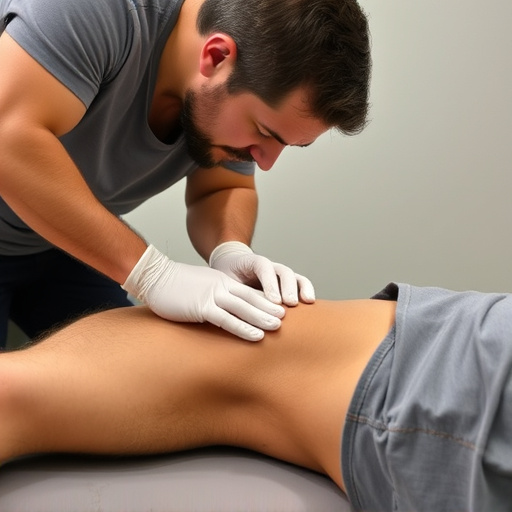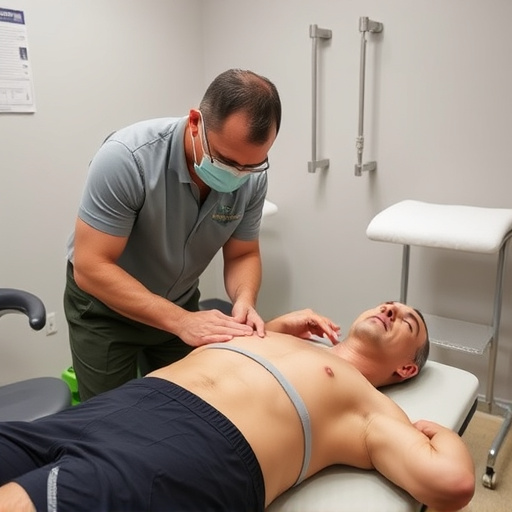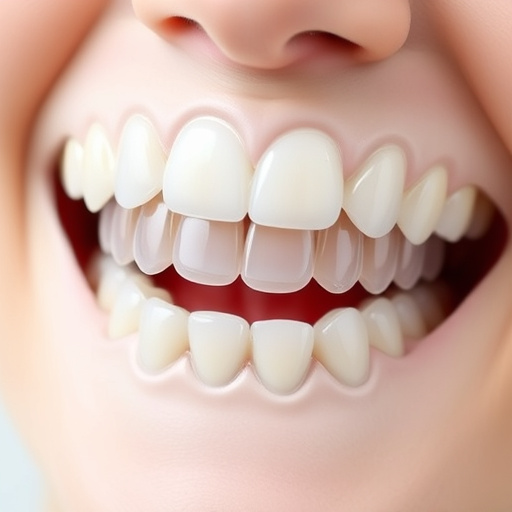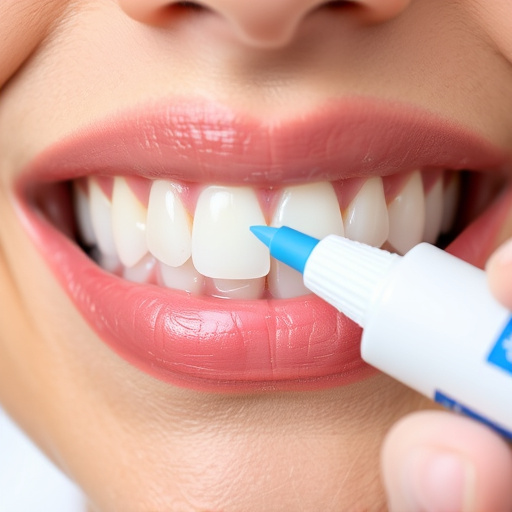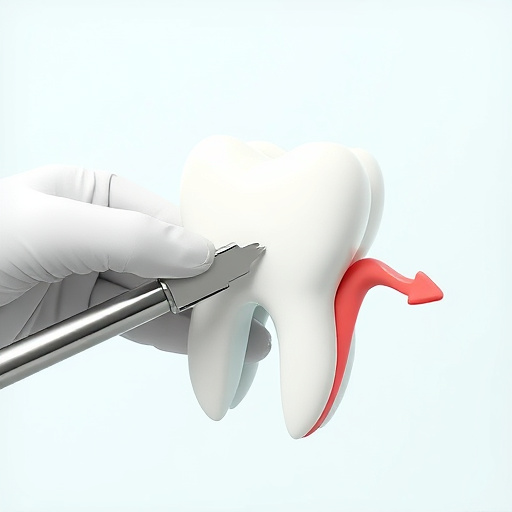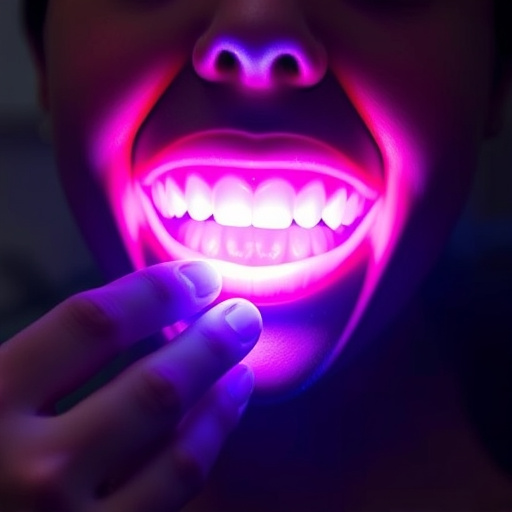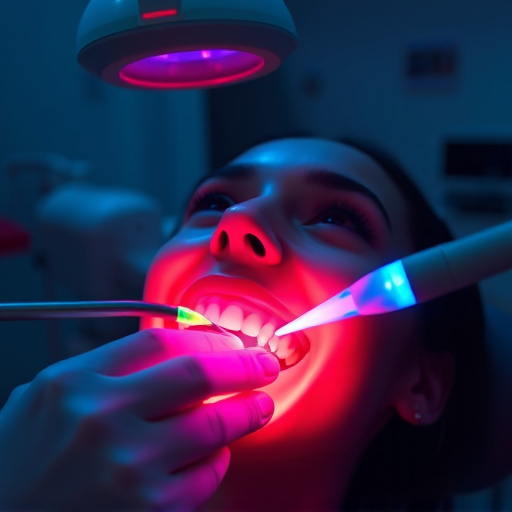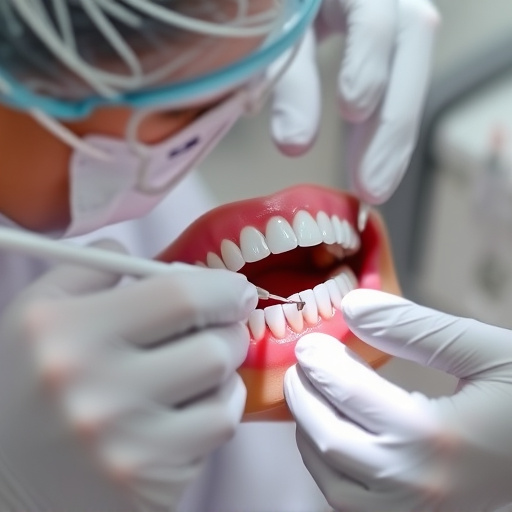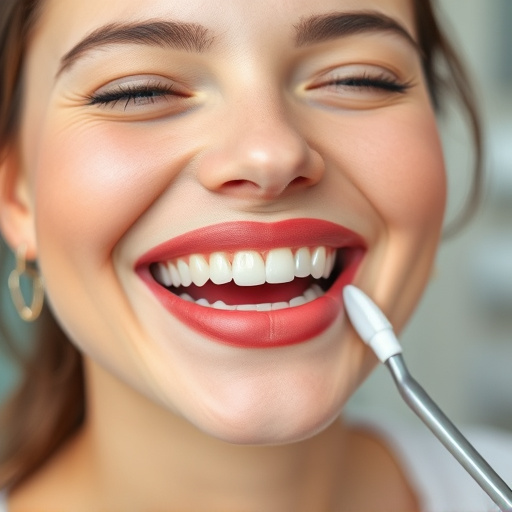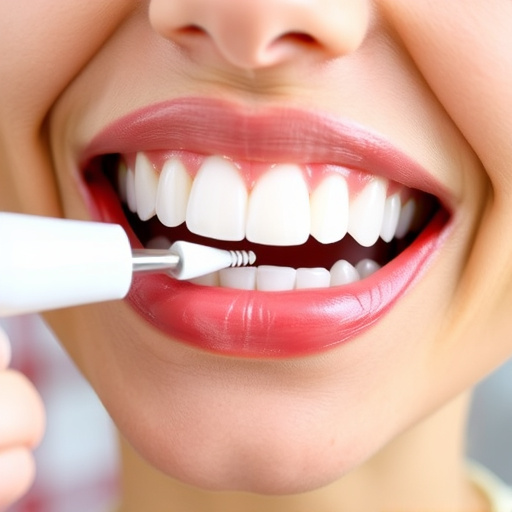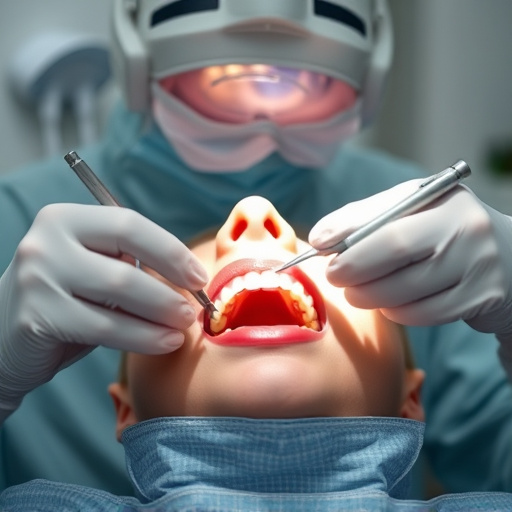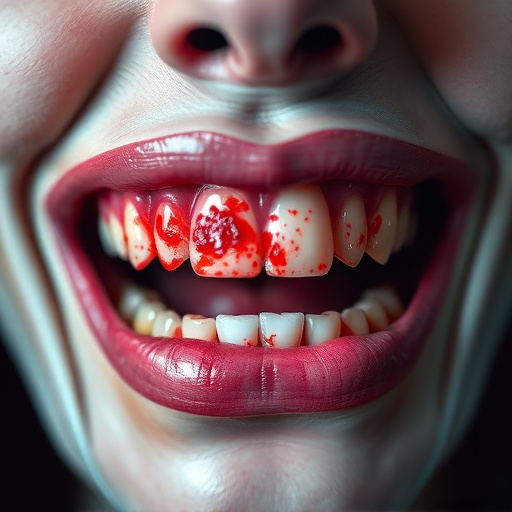Adolescence brings significant physical changes, emphasizing proper oral health for overall well-being. Teenagers often face dental issues like crowding and misaligned teeth, impacting aesthetics and confidence. Family dentistry professionals recommend early intervention through tailored orthodontic treatment options to prevent complications during rapid growth years. Advanced techniques include invisible braces, traditional metal brackets, cosmetic fillings, and emergency dental care. When deciding between braces and clear aligners, consider aesthetic appeal, cost, and the severity of misalignment. Non-metal braces represent a significant advancement, offering both aesthetic and comfort advantages over traditional metal braces.
Navigating teenage years often involves dealing with dental issues, making it crucial to understand the best orthodontic treatment options available. This article delves into the unique needs of teenagers, highlighting key treatments like braces and clear aligners. We explore the timeless option of metal braces and their modern counterpart, clear aligners, weighing benefits and drawbacks. By understanding these choices, parents and teens can make informed decisions for a straighter, healthier smile.
- Understanding Teen Orthodontic Needs
- Braces vs. Clear Aligners: A Comparison
- Non-Metal Braces and Their Benefits
Understanding Teen Orthodontic Needs
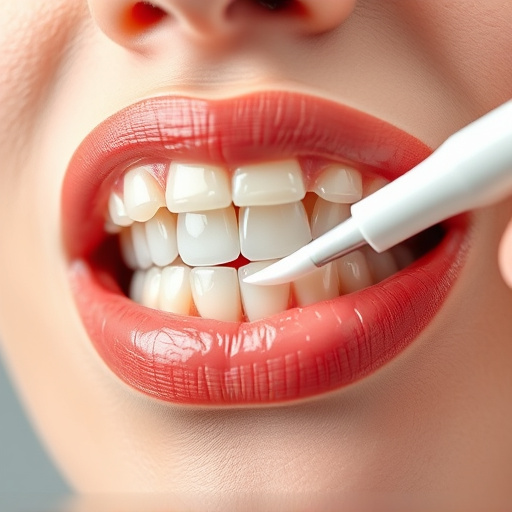
Adolescence is a period of significant physical changes, and proper oral health is integral to overall well-being during this transformative stage. Understanding teen orthodontic needs is crucial as it can impact long-term dental health. Many teenagers experience issues like crowding, overbite, underbite, or misaligned teeth, which not only affect the aesthetics of their smile but also their overall confidence.
Orthodontic treatment options tailored to teens address these specific concerns. Family dentistry professionals recommend early intervention for various reasons, including preventing future complications and making adjustments easier during the faster-growing years. With advanced techniques, such as invisible braces or traditional metal brackets, cosmetic fillings, and emergency dental care readily available, teenagers today have several effective choices to achieve straighter teeth and an enhanced smile.
Braces vs. Clear Aligners: A Comparison
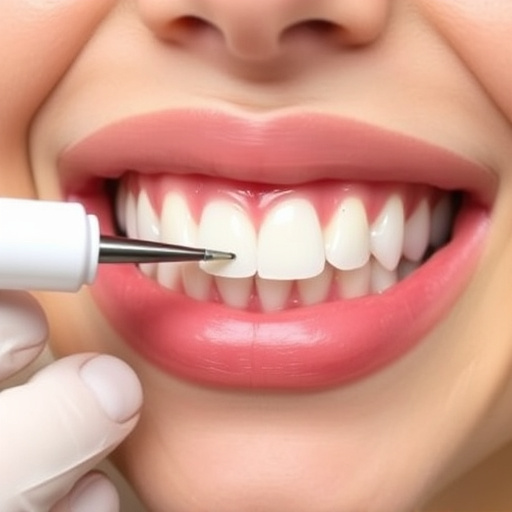
When considering orthodontic treatment options for teenagers, one of the primary debates often centers around braces versus clear aligners. Both have their advantages and disadvantages. Traditional metal braces offer a proven track record for correcting severe bite issues, with adjustments allowing for precise control over tooth movement. They’re also generally more affordable than clear aligner systems. However, many teens prefer clear aligners like Invisalign because they’re virtually invisible, offering both cosmetic dentistry benefits and improved self-confidence during treatment.
Clear aligners are removable, making them easier to maintain compared to fixed braces that require regular dental cleanings and careful cleaning between each bracket. While clear aligners can be effective for certain bite issues, they may not be suitable for complex cases where extensive tooth movement is required. Moreover, the cost of clear aligner therapy tends to be higher due to its customizable nature and advanced technology. Comparing these options with dental crowns in mind—which are used to cap or restore teeth—it’s essential to weigh the aesthetic, financial, and functional implications based on individual needs.
Non-Metal Braces and Their Benefits
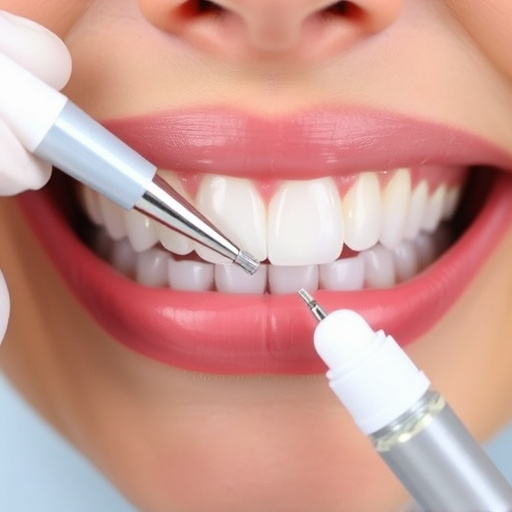
Non-metal braces represent a significant leap forward in orthodontic treatment options for teenagers. Unlike traditional metal braces, which can be uncomfortable and unsightly, non-metal alternatives offer several benefits. They are made from materials like ceramic or plastic, making them more aesthetically pleasing and less prone to causing irritation inside the mouth. Teenagers, conscious of their appearance, often prefer these braces due to their discreet nature.
Moreover, non-metal braces can provide just as effective comprehensive dental care as metal braces. They apply consistent pressure to gradually straighten teeth, addressing issues like overcrowding, overbites, and underbites. This modern approach to orthodontic treatment ensures that teenagers receive the same high-quality care as adults, fostering healthy dental habits that will last a lifetime. Many family dentistry practices now offer non-metal braces as part of their services, catering to the diverse needs of their patients.
When considering the best orthodontic treatment options for teenagers, understanding their unique needs is key. After exploring options like traditional braces versus clear aligners, and delving into the benefits of non-metal braces, it’s evident that modern orthodontics offers diverse, effective solutions. By selecting the right treatment based on individual preferences and dental health, teens can achieve straight, confident smiles that last a lifetime.
